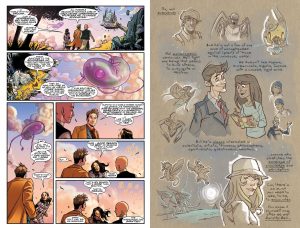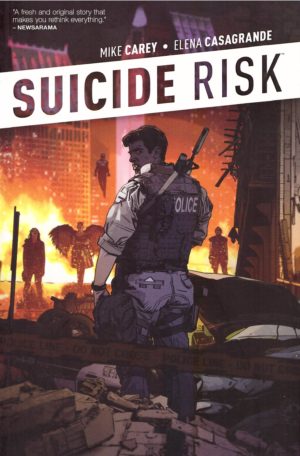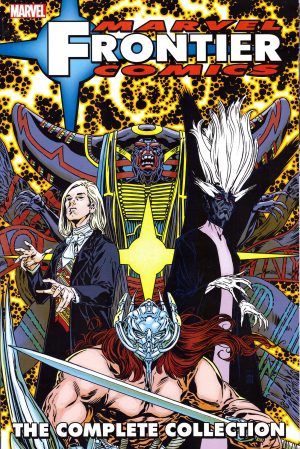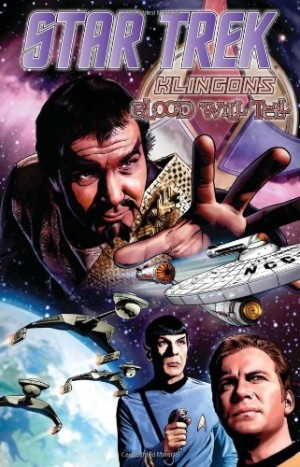Review by Ian Keogh
How does the idea of spontaneous music circulating in the air all around grab you? That’s one of the concepts Nick Abadzis introduces to begin The Endless Song, except it seems the song isn’t as endless as supposed because something is killing the Shan’tee race one by one. It’s a complex situation, because although theirs is a planet where they co-exist peacefully with human colonists, there are some who feel any mixing is wrong.
These opening two chapters aren’t as satisfying as earlier and later stories by Abadzis for a couple of reasons, one being the art of Eleanora Carlini. She’s worked on previous Doctor Who stories, and will work on later material, but although there’s nothing technically wrong with her art, she’s far more likely to use extremely exaggerated facial expressions. It distracts from what’s basically a serious story. It’s also one of those stories where you feel the Doctor’s ability to travel back through time should be able to fix matters instantly, and protestations about how the possibilities don’t really work that way ring hollow. Abadzis has referred to music in most of his Doctor Who stories, but given it centre stage here doesn’t quite hit the spot.
Elena Casagrande draws two of the following three stories, the first of them in the form of Gabby’s notebook as passed to her friend Cindy Wu in The Fountains of Forever. It’s charmingly illustrated, and clever on Abadzis’ part both as a method of showing how time changes, and of catching up with other supporting cast members and showing they still have a part to play. It cultivates a different mood from the opener, as does the following story in which Abadzis returns to the theme of art as restorative and essential. It’s within a simpler community where the threat is initially presented as drawn by an outcast on cave walls, but develops into something completely different. The surprises Abadzis throws in make this in some ways more like a 1960s Star Trek story than Doctor Who, but they work as planned. Leonardo Romero draws the opening half, a little stiffly in places, and Casagrande the second, but because of the way things have switched about, that’s no great shock.
A cliffhanger ending, the first in this series, takes us into Arena of Fear, from what’s been a slightly patchier collection than the first three.





